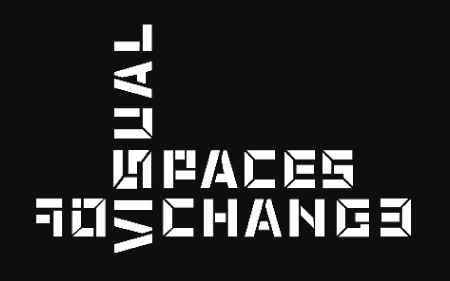This work focuses on the exploration of a visual narrative of the Faculty of Sciences of the University of Porto, in relation to the Botanical Garden of Porto. This building complex in a city context separated by a street. The west building relates directly to the Botanical Garden. The east-facing building complex also benefits from a strong affinity with its own nature, common to the entire area of outdoor spaces and accentuated by its perimeter, in the separation between building and city. The choice of the organic unit was due to the existing correlation between city, natural and built, which was intended to be explored. On the other hand, the contrast between the filtered city/building relationship and interceded by the built nature was also studied, as the city / building relationship stripped of this filtering, based on a separation strategy of planes, overlapping them on different layers.
This calls for what would be the coexistence of the city / building without its own horizon, which gives it visual and conceptual value. In addition, the fact that this contact between city and organic unit is severely broken by vegetation, meaning that the discovery of one factor through another takes place in a more calm, subtle and delicate way, in opposition to the same discovery, made in the same environment, but stripped of the nature factor, the permeable factor, which also allows this discovery, removing the insignificance of doing it without confidence and reservation.
During the architectural promenade, this dialectic was explored through strategies of camera placement and planes layout. Through an exploration of differences of light, shadow and editing strategies, namely of blur, inversion of chromatic value, contrast, movement and overlap, the view of the building to its naturalized surroundings and vice versa were explored. Still in the course of the promenade, aiming to clearly demonstrate this dialectic, the strongest moments of communication were privileged, in which the subjects are the reflection of each other, interpretation taken literally in capturing some of those moments.
Regarding editing strategies that took place after the promenade, we established criteria which aimed for the communication of an intention. With the aim of creating less real and more diverse environments, within the universe of individuals who experience space, images were manipulated with games of movement and blur. The confrontation of two perspectives, in different but complementary directions, was also made possible by reflections and overlaps. Thus the narrative was created and the intentions that gave rise to it were intensified.
As ambitioned by the objectives of this work, Virgílio Ferreira was used as a reference for using the overlapping of images, the default reflection of what is intended to be captured, the play of movements, blur and inversion of the chromatic value of the images.
André Cepeda is also a reference in this visual narrative, for working with the natural surroundings with prominence through strategies of proximity and distancing of the lens and frameworks similar to those intended. On the other hand, his strategies were complemented, with those of João Margalha, who also explores issues associated with the natural environment, playing with the position and overlapping of the planes in the photograph. For idealized contrasts, Heléne Binet was the reference. Her work of contrast between light and shadow was used as a motto for editing and exploring this strategy.
As a result, the visual narrative is the consequence of a succession of images organized by the path stimulated, solely, by the environment and the characteristics that are its own. It is also the result of the application of the appropriate strategies for work with similar objectives, through their exploration and adaptation to this case study.

























